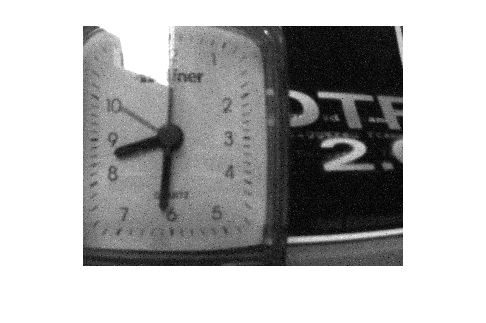select
Syntax
Description
Use the select object function to create a reader for a
selected subset of stream data to read from the ADTF DAT file. You can select streams using
either the stream indices or stream name. Additionally, you can specify an index range or time
range of data, to select from each of the specified streams. The select
function returns an adtfStreamReader
object, which you can use to read data from the selected streams in the ADTF DAT
file.
streamReader = select(adtfReader)adtfStreamReader
object, streamReader, that can read data from all streams in the
Automotive Data and Time-Triggered Framework (ADTF) DAT file associated with the specified
adtfFileReader object adtfReader.
streamReader = select(adtfReader,streamIndices)streamIndices.
streamReader = select(adtfReader,streamName)streamName.
streamReader = select(___,Name=Value)Name=Value pair argument, in
addition to any combination of input arguments from previous syntaxes. You must use only one
name-value argument, specifying either the index range or time range of data to read from
the selected streams. For example, IndexRange=[1 30] selects the first
thirty frames of data from each selected stream.
Examples
Input Arguments
Name-Value Arguments
Output Arguments
Version History
Introduced in R2022a

![{"String":"Figure Movie Player contains an axes object and other objects of type uiflowcontainer, uimenu, uitoolbar. The axes object contains an object of type image.","Tex":[],"LaTex":[]}](../../examples/driving/win64/ExtractVideoStreamFromADTFDATFileExample_02.png)